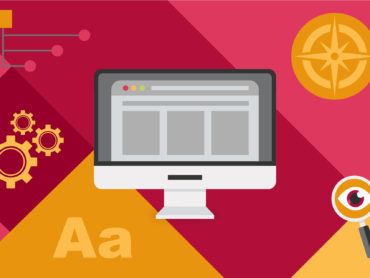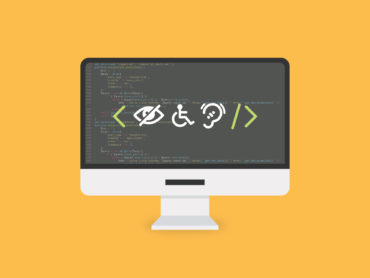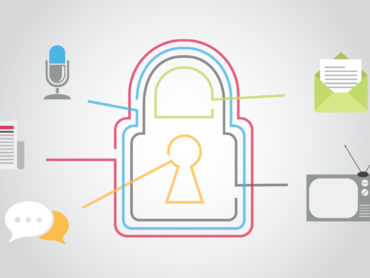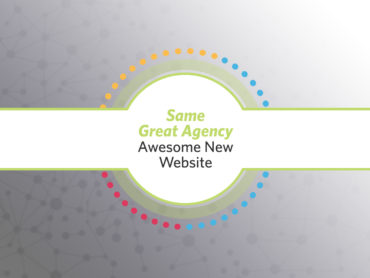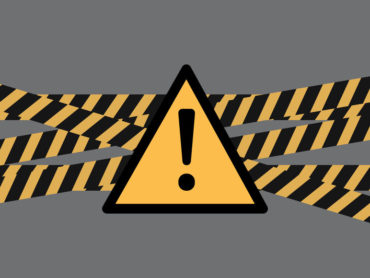CLOSING ENTRY: Facilitating the Next Transition
Article originally appeared in the June 1st issue of NJBIZ
COVID-19 has been a particularly jarring experience for New Jersey’s real estate community. Humming along for the first two months of 2020, the pandemic brought new challenges and obstacles to every aspect of the industry.
Over the course of just a few months, commercial real estate owners have been forced to grapple with negotiating rent relief, understanding and executing new maintenance and cleaning protocols, and charting a path forward for their buildings’ tenants and staff as the state seeks to reopen. Throughout each phase of this evolving new reality, building owners have also had to grapple with a steep learning curve on how to effectively communicate with multiple stakeholders during a crisis. Some have done a tremendous job and others…not so much.
As the state takes incremental steps toward reopening, building owners are now being forced once again to learn a new set of communication skills. During this crucial phase, the challenge is determining how to best communicate what the new normal looks like in their spaces and how they are helping to ensure the safety and well-being of anyone entering, occupying and leaving their properties. This can be a daunting prospect, but by following certain steps, owners and property managers can craft a strategy to ensure a seamless and safe transition as tenants seek to return to their workplaces.
It all starts with having a clear plan for re-entry. No matter how effective your communications strategy might be, without a well-thought out and comprehensive plan for re-entry, the message will be dead on arrival. If you have not started planning for re-entry, finish reading this article and then begin immediately. Early planning ensures that you have a flexible framework that can be adapted amid the fluidity that defines the COVID-19 pandemic. However, your planning should not be a solitary exercise. Involve key stakeholders such as security, engineers, janitorial staff, amenity operators and other representatives of your building staff in the process of planning for re-entry. Through their involvement you are ensuring that you are aware of certain challenges or questions facing different areas of the building. Addressing those issues before communicating your plan will ensure you do not face tenant or staff blowback or non-compliance. Their buy-in will also be important in communicating your plan to the entire building.
You need a plan for communicating your re-entry plan. I know, I know. After spending the time developing a robust and comprehensive re-entry plan, the last thing you want to do is create another plan. However, without a well-thought out communications strategy for your re-entry plan, all of your hard work will have been for naught.
Right now, if they have not already started to trickle back to their workplaces, tenants are thinking about their return. They want to know that owners and property managers are also thinking about and working to facilitate their safe return. Early and consistent communications are important here. Even if your plan is not complete, it is essential to make tenants aware of the fact that you are carefully, thoughtfully planning for their re-entry. This helps establish an expectation of further communications and goes a long way toward building the kind of mutual trust and goodwill that will be essential to our successfully navigating the next phase of this crisis. If you wait to communicate until the Sunday night before the execution of your re-entry plan, you are effectively guaranteeing confusion, non-compliance and a certain degree of acrimony. Your dissemination of the plan should be executed in a variety of formats to ensure saturation.
More traditional vehicles like email and text messages work well for this type of communication and should be coupled with signage and messages on display screens in shared areas. For these more visual elements, infographics and quick, easy to decipher messaging work best. However, no matter what the format, your message should remain consistent across all platforms and vehicles. If your plan changes, make sure your communication mediums change as well. To further augment your communications, consider leveraging technology like Zoom or Google Meet to host virtual town halls with building tenants to provide updates and further information as the re-entry plan is executed.
Balancing transparency and confidentiality are crucial. Most re-entry plans should include a reporting structure for handling possible COVID-19 cases within your building. This can be tough to balance as you have the obligation to protect your buildings’ tenants and be transparent in handling possible COVID-19 exposure, but you also must be sure to protect the confidentiality of those within the building. With this in mind, reporting protocols surrounding COVID-19 should be reviewed with legal counsel to ensure compliance with federal and state laws and guidance as well as limiting lease exposure. Once finalized, the steps you are taking to balance transparency and confidentiality must be communicated to tenants.
Your plan cannot be set in stone. If COVID has taught us anything, it is that we need to be flexible in our approaches to how business is conducted. Your re-entry plan should be a living document to reflect what has become a rapidly evolving situation. This is not a “set it and forget it” scenario. You might find that certain elements of your plan become obsolete as the situation evolves. It is perfectly OK to update it, but any and all changes must be communicated via all of the established media you have already used. People encounter and consume information across an incredibly fragmented array of communications channels today and it is essential to reach out across as many potential touchpoints as you can. If you used an email, text message, signage, and a virtual town hall to transmit your initial steps, then changes must be communicated across every one of those same channels.
In addition, it is important that you coordinate a system for soliciting both tenants and building staff feedback throughout the execution of your plan. This can help you identify possible issues concerning safety or operations and mitigate them before they grow into larger issues.
Although it appears that we have moved past the peak of COVID-19 in a purely clinical sense, the challenges for the state’s real estate community are just beginning. Although communications can often be overlooked in times of crisis, open and well-thought out communications will be vital as tenants look to adjust to the new, often confusing normal in their transitions back to the workplace.











